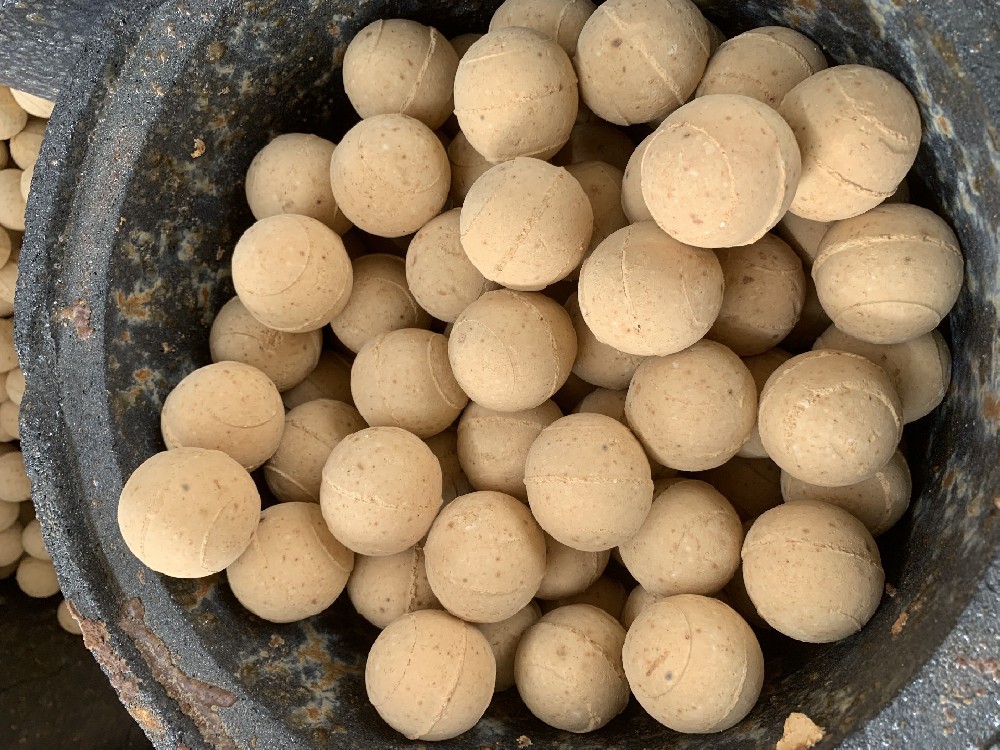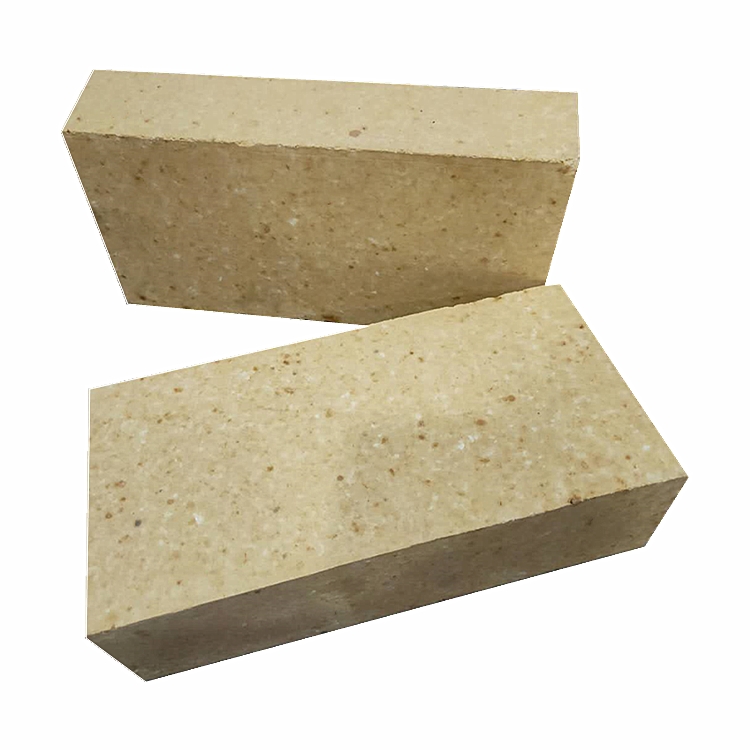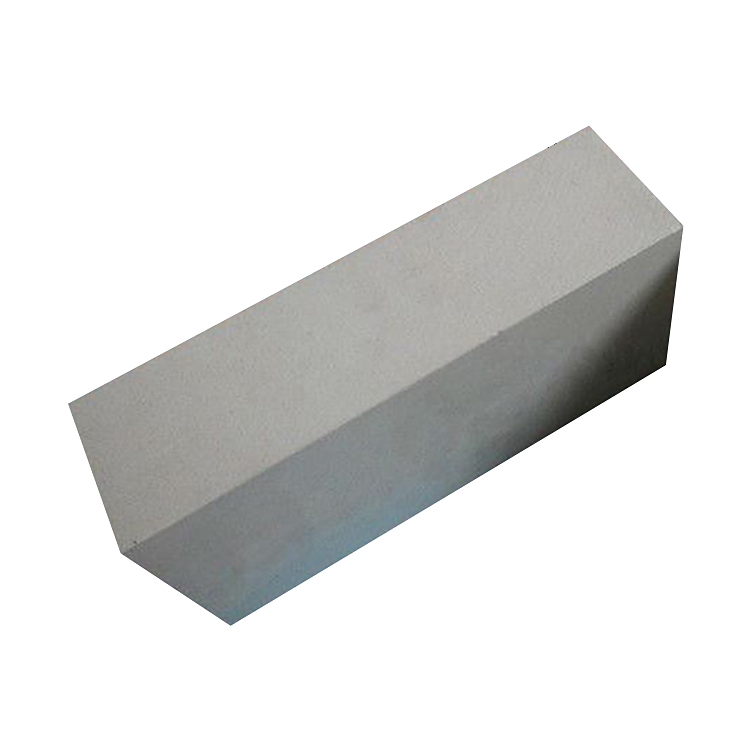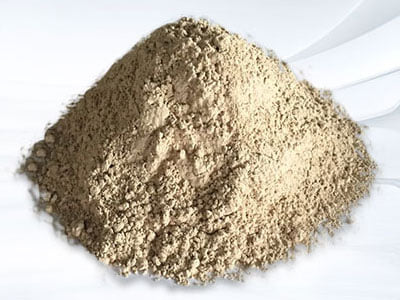Common structural forms of blast furnace bottom and hearth
2021-01-20 09:19:23
The bottom and hearth are important parts of the blast furnace. A good hearth and bottom mechanism can delay the overhaul of the blast furnace and increase the output of the blast furnace. At present, the common structural forms are as follows:
1. Water-cooled carbon brick integrated furnace bottom and hearth structure form.
The water-cooled carbon brick integrated furnace bottom and hearth structure form is the traditional form of blast furnaces in my country. The furnace bottom is generally made of multi-layer large carbon bricks, and the hearth side wall is large. Block charcoal bricks, one or more layers of clay and high alumina protective bricks are built on the upper part of the bottom charcoal bricks and the inner wall of the ring charcoal bricks. Due to the poor resistance to slag and iron erosion and scouring of ordinary clay and high alumina bricks, blast furnaces have rarely adopted this form now. Even if individual blast furnaces use water-cooled carbon brick integrated hearth and hearth forms, they generally use high-end al2o370-75%. High alumina bricks to achieve the effect similar to ceramic materials.
2. Ceramic cup structure.
The structure of the furnace bottom and hearth ceramic cup is the most widely used furnace bottom and hearth structure of blast furnaces in my country. The carbon brick part is basically the same as the comprehensive furnace bottom and hearth structure, but the furnace bottom The upper part of the charcoal brick and the upper part of the hearth charcoal brick and the inner side of the hearth charcoal brick are built with specially designed ceramic materials. The whole ceramic material forms a cup-shaped structure in the hearth, so it is called a ceramic cup. The ceramic cup adopts a large-block structure, using pouring prefabricated blocks, and the blocks are bitten together. The advantage is that the structure is stable, and it will not collapse and float. The disadvantage is that the construction is difficult and the investment is high. The structure of domestic ceramic cups generally uses small bricks, and most of them use machine pressing. Its advantages are compact structure, convenient construction and cheap structure.
3. Ucar hot-pressed small carbon brick structure form
Furnace bottom, hearth ucar hot-pressed small carbon brick structure form, the structure of the furnace bottom is basically the same as the ceramic structure form, using large carbon bricks, generally masonry on the carbon bricks 1- Two-layer ceramic mat; Ucar hot-pressed small charcoal bricks are used on the side walls, plus clay protective bricks. Hot-pressed small carbon bricks have low porosity, small pore size, excellent thermal conductivity, and good resistance to slag and iron corrosion. In actual work, the main use of its excellent thermal conductivity is to form a very stable slag-iron mixture protective layer on the hot surface during the production process. Even if this protective layer is damaged in extreme cases, it still has self-contained properties. Repair ability. This kind of structure is used in many blast furnaces in our country, and it can meet the requirements of longevity. Domestic Baosteel, Shougang, Benxi Iron and Steel and other large steel enterprises have successively introduced hot briquette carbon bricks from Ucar Company of the United States, and achieved good results.
Relevant information
-

Thermal storage alumina balls
The Thermal storage alumina ballsis made of industrial alumina and refractory kaolin as the main raw materials through scientific formula, forming and high-temperature calcination.Thermal storage alumina ballss are divid··· -

Anti-stripping high alumina brick
Use description of Anti-stripping high alumina brick1. Anti-stripping high alumina brick has a good application in low temperature parts such as large and medium-sized cement precalciner, kiln smoke chamber, indoor decom··· -

Anti-stripping high alumina bricks
Anti-stripping high alumina bricks are made of high alumina bauxite clinker, mullite, kyanite, zircon sand, and binder after granulating and powdering processes, mixed in a certain proportion, pressed into shape, and fir··· -

silica hot repair refractory
Performance index of silica hot repair refractoryThe material is a kind of plastic unshaped refractory material, its main component is SiO2, it is made of special clinker and various binders and additives, and it is proc···

